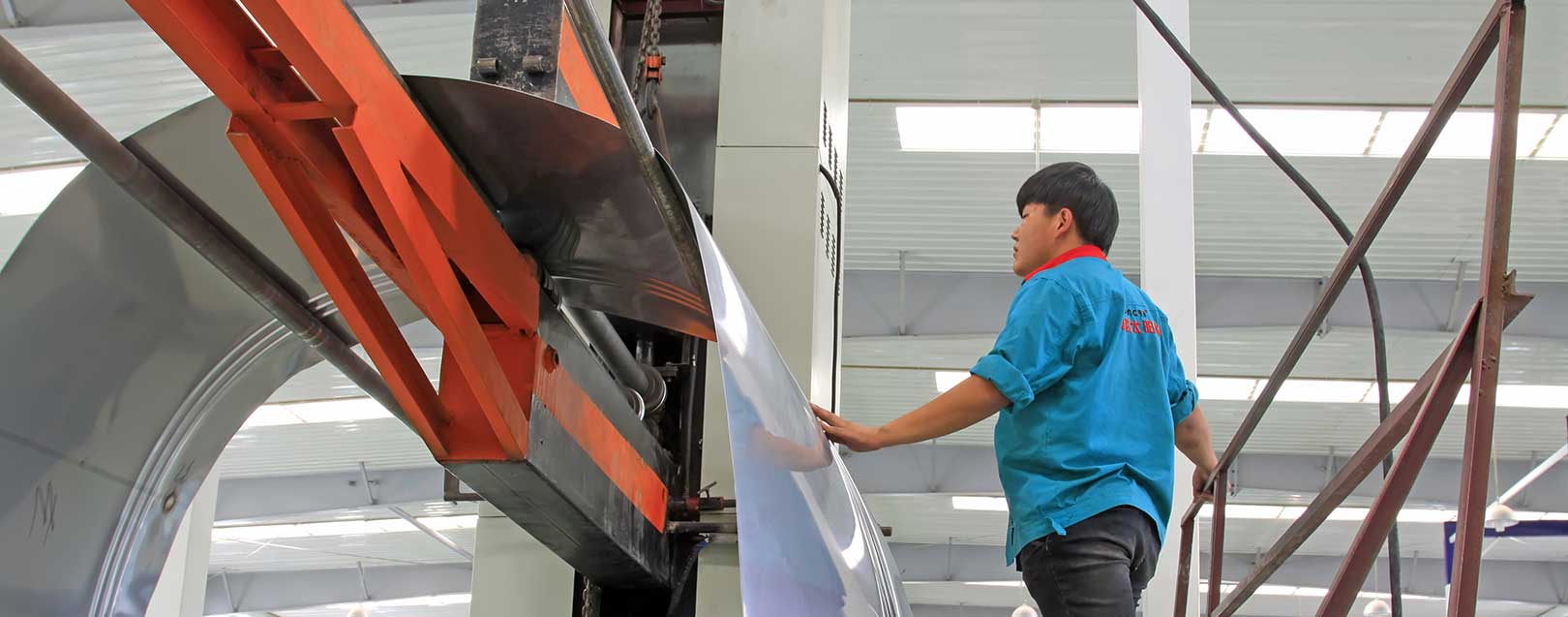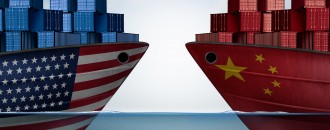
China's steel production grew last year despite pledges
The Dollar Business Bureau
Notwithstanding the contracted global demand, restriction on its exports and a continuous slowdown in its GDP growth rates, China’s steel-making capacity grew by 36.5 million tonnes last year, more than twice of Britain’s total steel production.
According to the report, the production registered a gigantic growth, despite Chinese government’s pledges to slash excess steel in the industry. China’s massive excess capacity has resulted in a contraction in global demand, especially after several countries, including India took protectionist measures to cut down cheap imports of steel from China.
These countries have for long accused China of dumping its steel into the world market, unbalancing global steel prices and flouting global trade agreements.
Last year, Chinese authorities made serious attempts to slash excess steel production. Though, they did manage to tackle excess output, it was rather made irrelevant as China then opened new factories or restarted idle plants.
Last September’s G20 conference in Hangzhou, China had agreed to tackle steel overcapacity however, since, several countries have accused China of dumping its excess steel production in international markets, thereby violating international trade rules.
“Instead of shutting down firms, local officials maneuvered to shield zombie steel mills and minimise the impact of policies on cutting capacity,” said Lauri Myllyvirta, Greenpeace global coal campaigner.
Earlier this month, the Donald Trump-led administration imposed heavy duty on certain steel imports from China, with tariff in the range of 63%- 190%. Last month, the EU imposed taxes ranging from 30.7% to 64.9% on certain steel products from China, as it sought to protect European steelmakers.
Earlier this month, the Indian government had also extended the anti-dumping tariffs on imports of hot-rolled and cold-rolled flat products of alloy or non-alloy steel from China till April 2017. India’s steel imports declined 37.8% between April 2016 and January 2017, mainly due to the enactment of Minimum Import Price (MIP).






 to success.
to success.